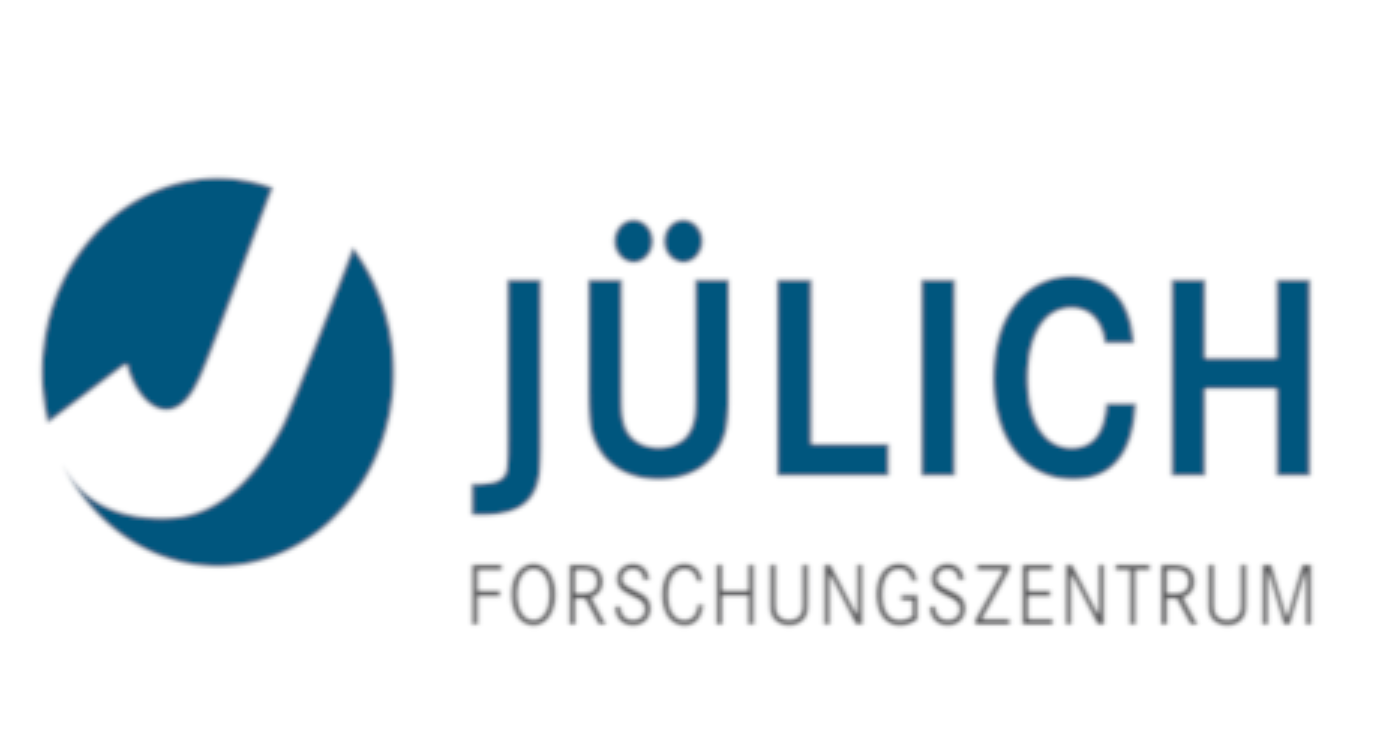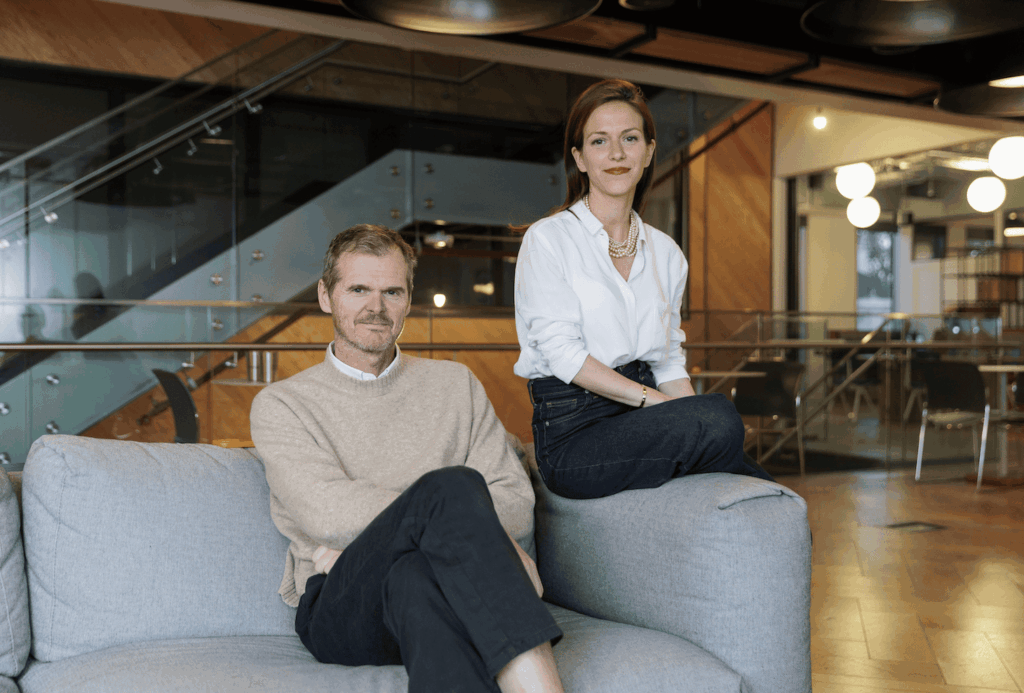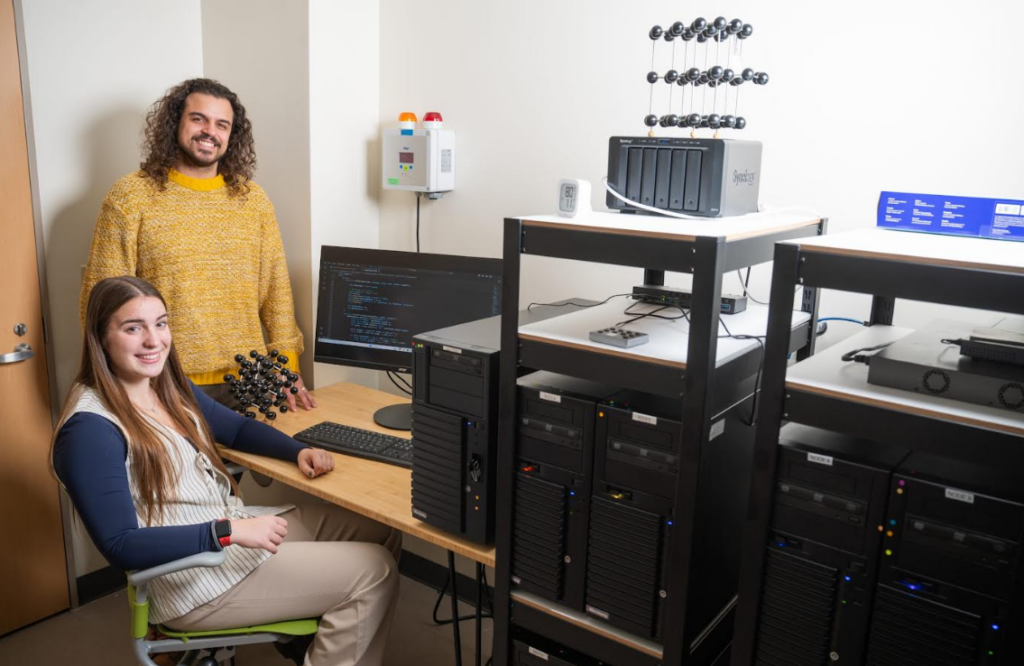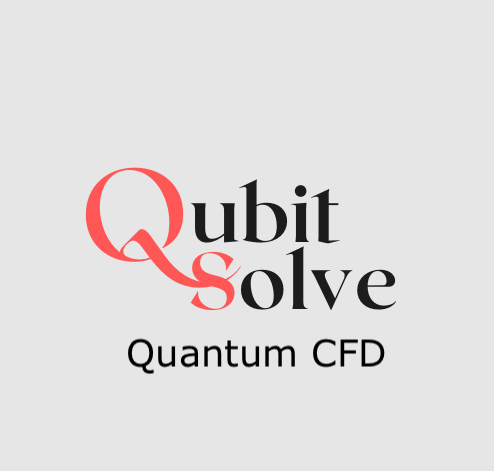A joint research team from Germany’s Forschungszentrum Jülich and Korea’s IBS Center for Quantum Nanoscience (QNS) has developed an absolutely groundbreaking quantum sensor — it can detect the smallest magnetic fields in the world and map a new view of atomic structures. This paves the way for a long-awaited MRI-like tool for quantum materials, putting scientists at the cusp.
The team combined the expertise of Jülich in single-molecule fabrication with advanced instrumentation at QNS to create the first-ever atomic-scale quantum sensor in the world. A sensor has been developed to be able to discover electric and magnetic properties at the atomic level, using just one molecule attached to the tip of a scanning tunneling microscope.
Dr. Taner Esat, lead author from the Jülich team, emphasized the significance of this development, stating: “This quantum sensor is a game-changer, because it provides images of materials as rich as an MRI and at the same time sets a new standard for spatial resolution in quantum sensors. This will allow us to explore and understand materials at their most fundamental level.”
The sensor achieves a spatial resolution on the scale of a tenth of an ångström, allowing it to detect changes in magnetic and electric fields with unprecedented precision.

“What makes this achievement so striking is that we use an exquisitely engineered quantum object to resolve fundamental atomic properties from the bottom up,” said Dr. Dimitry Borodin of QNS, highlighting the innovation. “Preceding techniques for visualizing materials use large, bulky probes to try to analyze tiny atomic features. You have to be small to see small.”
Yujeong Bae, QNS’s Principal Investigator for the project, added: “The revolution in tools for observing and studying matter emerges from accumulated basic science. As Richard Feynman said, ‘There’s plenty of room at the bottom,’ the potential of technology for manipulating at the atomic level is infinite.”
This technology is expected to assist in the study of quantum materials, the design of new catalysts and the exploration of molecular systems in fields like biochemistry. The successful development of this sensor marks a significant milestone in quantum technology, offering new possibilities for research and innovation across multiple scientific disciplines.


















